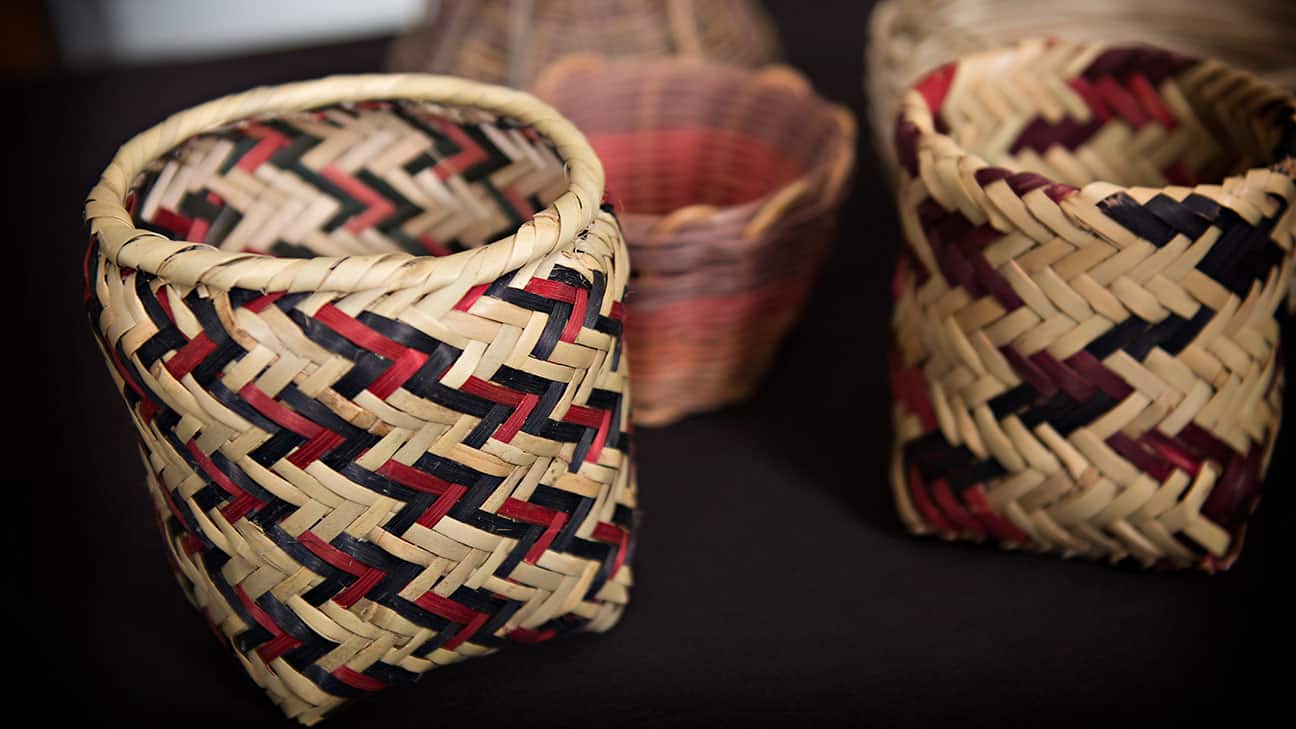
Koichush Hvshi: Wildcat Month
Iti FabvssaPublished January 1, 2019This article is part of a series titled “A Year in the Life.” Focusing on the time period of around 1700, the series follows the traditional Choctaw calendar through a year, with each article providing a glimpse of the activities our ancestors were up to during each month.
The information in these articles come from a book titled, “Choctaw Food: Remembering the Land, Rekindling Ancient Knowledge,” which will be published by Choctaw Nation later this year.
Koichush Hvshi, Wildcat Month, roughly corresponds with January, which is often the coldest part of the year. As noted in last month’s edition, Wildcat Month, like Panther Month before it, draws its name from the fact that the coldest part of winter was the prime season for hunting fur-bearing mammals.
Choctaw men and boys used the softly tanned pelts from ferocious animals, like bobcats, for bedding. They believed the prowess of these animals could be transferred to the sleeping person through the hides. To the best of our knowledge, the activities our ancestors did during Wildcat Month were basically the same as described for Panther Month in the previous edition of Iti Fabvssa.
Many of these activities took place in river cane breaks, where fur-bearing animals found food and shelter during the winter. While the men were out hunting, the women in camp would have taken the opportunity to harvest river cane for making basketry and mats.
An excellent description of how Choctaw people traditionally harvested river cane has been provided by Tom Colvin (2006) and it was summarized in an Iti Fabvssa article in 2011. In honor of Wildcat month, we will add some more details to that description.
The best river cane grew on slightly elevated areas near streams, reached occasionally by floodwaters that replenished the soil.
According to modern taxonomists, at least two species of river cane grow in the Choctaw homeland. The smaller species (Arundinaria tecta) is called “switch cane” in English and was known as kushak in Choctaw 300 years ago. It was, and still is, used for making arrows.
The larger species of river cane (Arundinaria gigantea), is called “giant cane” in English and oski in Choctaw. It was, and still is, used for making traditional basketry.
Canes of exactly the right size and age were selected for making basketry. Plants with the greatest distance between the nodes were favored.
After a bundle of green cane was cut and gathered, it was split lengthwise into pieces, a process known in Choctaw as oskashiba.
Then a knife made of hard, dry river cane was used to peel away the outer skin of the green cane, moving lengthwise down the split pieces to create long, thin strips.
Cane debris was thrown onto the roofs of the camp structures, making them more rainproof. The stripped outer skin was trimmed to have a consistent width. These thin, flexible pieces were rolled up into spools called uski tvpa afohli.
After a few days of drying, the spools of cane would be ready to use for making baskets, or ready to be dyed different colors.
Most basketry dyes came from different types of plants. In many plants these natural dye substances are most potent during the wintertime.
Choctaw women may have gathered and used many of them while they were staying in hunting camps.
In addition to the natural cane, the colors on early Choctaw baskets commonly include brown /black, yellow and red.
The brown and black probably came from black walnut hulls, hahe. A large number of different plant materials can produce a yellow dye. One of these comes from the roots of the mulberry tree, bihvpi. The red dye was sometimes made by dying cane with the root of the curly dock plant, pishaiyik (a non-native), then burning equal parts of the bark of the red oak, nusi and the black gum tree, chokcho, into ash, mixing them with water to form a paste and then putting the paste on the yellow-dyed cane.
Over time, the alkalinity of the ash would turn the yellow dye to red. Dyes absorb darker into the interior side of the cane and so this part was usually made to face outwards on baskets.

